Up to 1,800 flights a day could be disrupted by airport cuts; California to be hard hit
Published in Political News
California airports are expected to be hard hit by a dramatic reduction in flights as the Federal Aviation Administration says it plans to cut air traffic by 10% at 40 airports to maintain travel safety during the government shutdown.
Five of the state’s airports — Los Angeles International Airport, Ontario International Airport, San Diego International Airport, Oakland San Francisco Bay Airport and San Francisco International Airport — will be targeted for cuts, according to a list reviewed by news outlets.
Cuts are expected to begin Friday morning. As many as 1,800 flights a day across the country could eventually be canceled in the unprecedented action as the government shutdown goes into its second month. According to estimates from aviation analytics firm Cirium, nearly 10% of the cuts are likely to be at California airports.
“I’m not aware in my 35-year history in the aviation market where we’ve had a situation where we’re taking these kinds of measures,” FAA Administrator Bryan Bedford said at a Wednesday news conference. “We’re in new territory in terms of government shutdowns.”
Since the shutdown began Oct. 1, nearly 13,000 air traffic controllers have been working unpaid. With growing fatigue among controllers, Secretary of Transportation Sean Duffy said he did not want to wait until staffing challenges compromised safety.
“What we’re finding is that our air traffic controllers, because of the financial pressures at home, are taking side jobs. They need to put food on the table, gas in the car, pay their bills,” Duffy said.
“We do not want to see disruptions at the FAA or here at (the Department of Transportation). We don’t want that. But our No. 1 priority is to make sure when you travel, you travel safely.”
Duffy and Bedford said the decision to cut was motivated by data about what areas faced the greatest staffing shortages that could compromise safety.
“This is not based on what airline ... has more flights out of what location,” Duffy said. “This is about where is the pressure, and how do we alleviate the pressure?”
Voluntary safety-disclosure reports coming in from commercial air transport pilots, Bedford said, indicated which areas had experienced the biggest staffing shortages and fatigue issues.
“That data has allowed us to focus not on the (National Airspace System) as a whole, but on specific markets where we’re seeing some of these reports come to us,” Bedford said. “As we slice the data more granularly, we are seeing pressures build.”
But as Congress remains deadlocked on funding, the decision to cut flights has intensified political bickering in the nation’s capital.
Republicans have blamed flight disruptions on Democrats’ refusal to pass a budget until Republicans agree to renew Affordable Care Act health insurance subsidies.
However, Washington Rep. Rick Larsen, the top Democrat on the Transportation and Infrastructure Committee, questioned whether safety was the key motivation in the decision to cut flights.
“Shutting down parts of our National Airspace System (NAS) is a dramatic and unprecedented step that demands more transparency,” Larsen said in a statement.
“The FAA must immediately share any safety risk assessment and related data that this decision is predicated on with Congress,” he added. “If we want to resolve issues in the NAS, let us fix health care, open government and pay air traffic controllers.”
Some aviation experts question whether the FAA has the power to impose across-the-board flight cancellations.
“It’s not clear the FAA has the authority to even do this,” said Mark Hansen, a professor of civil and environmental engineering at UC Berkeley. “If the mayor of Los Angeles said, ‘There’s too much traffic in Los Angeles and I demand that traffic be cut by 10%,’ how could he possibly make that happen?’”
The FAA has certain measures it can take, Hansen said, such as curtailing traffic at any one time coming into an airport, leaving airlines to decide whether to delay flights or cancel them. That is what happened last month, for example, when Hollywood Burbank Airport’s air traffic control tower was temporarily unstaffed nearly a week into the shutdown and dozens of flights were delayed or canceled.
“The FAA has this whole system in place to prevent situations where there’s too much traffic in the system to be handled safely,” Hansen said. “The FAA has total control over its facilities. It can reduce the rate of traffic going through different facilities. It can close facilities for certain lengths of time, including closing towers at the airport, which would effectively close the airport. It can do all those things, but none of them directly involve drawing down flights across the board.”
Thomas Anthony, director of the aviation safety and security program at USC who worked 25 years for the FAA, disagreed.
“It is a totally reasonable decision,” Anthony said of the move to cut flights at 40 airports. “It is not unprecedented, and certainly the FAA, by virtue of the FAA Act of 1958, has the authority and responsibility to look out for us, the traveling public, and to take what actions it deems necessary to ensure the safety.”
Anthony said that the ongoing issue of uncertainty of whether controllers are paid is an “ongoing human factors hazard”
“It will only get worse if allowed to persist,” he said.
Hansen, however, said the agency appeared to be depending upon “a kind of fear ... on the part of the airlines, of getting crossways with the current administration.”
“I don’t think that this 10% across-the-board reduction has much to do with safety,” Hansen said, adding that the FAA had pulled what aviation experts call “the safety card.”
“Whenever a stakeholder in the aviation system has some ax to grind and it’s often about other things than safety, they’ll invoke safety as the reason, because that’s more salient, I guess, to the general public,” he said.
Jennifer Homendy, the chair of the National Transportation Safety Board, said the FAA made the right decision.
“Pressures are building in the system,” she said on X, noting that Duffy acted to mitigate risk. “THIS is safety management, the very foundation of our aviation system, and it’s the right thing to do.”
The FAA’s Air Traffic Organization directs about 44,000 flights — including commercial passenger flights, cargo planes and private aircraft — and serves about 3 million passengers a day.
The cuts could affect about 1,800 flights and 268,000 passengers a day in the U.S., according to Cirium. About 72 flights a day could be cut at LAX, affecting 12,371 passengers a day, Cirium estimated. An additional 105 flights could be canceled at the four other California airports targeted for reductions.
Major airlines, such as United and Delta Air Lines, have said they will work to give passengers as much notice as possible and offer them options to change or refund their flights without penalty.
International flights are expected to be exempt from the cuts. But passengers making connecting flights before they head overseas could face issues as the cuts target several of the nation’s busiest hubs, including Atlanta, Denver, Dallas, Orlando and Miami.
Over the last month, staffing problems have led to disruptions at airports across the country. But the problem is compounding as the government shutdown becomes the longest in U.S. history and the busy Thanksgiving travel season draws near.
On Thursday afternoon, the FAA’s operations plan showed a number of major airports, including SFO, experiencing “staffing triggers.”
Travelers across the country can expect longer delays and more disruption, said Geoff Freeman, president and chief executive of the U.S. Travel Assn.
“All government shutdowns are irresponsible and this decision underscores the urgent need to reopen the government,” Freeman in a statement.
“The shutdown is putting unnecessary strain on the system, forcing difficult operational decisions that disrupt travel and damage confidence in the U.S. air travel experience. The fault for this situation rests squarely at the feet of Congress.”
_____
©2025 Los Angeles Times. Visit at latimes.com. Distributed by Tribune Content Agency, LLC.
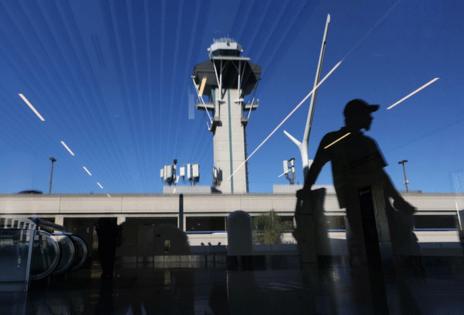


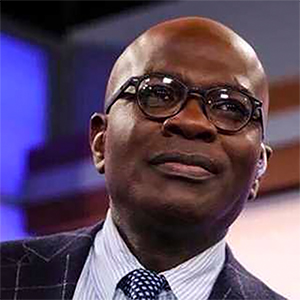











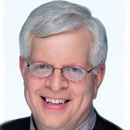
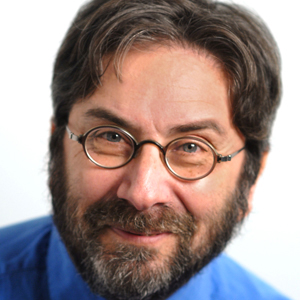







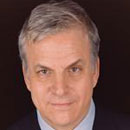
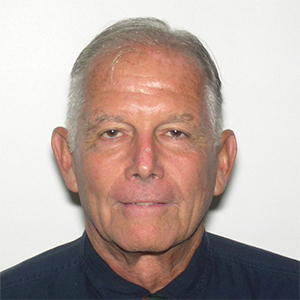

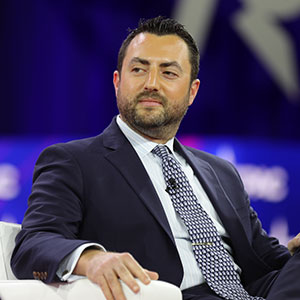
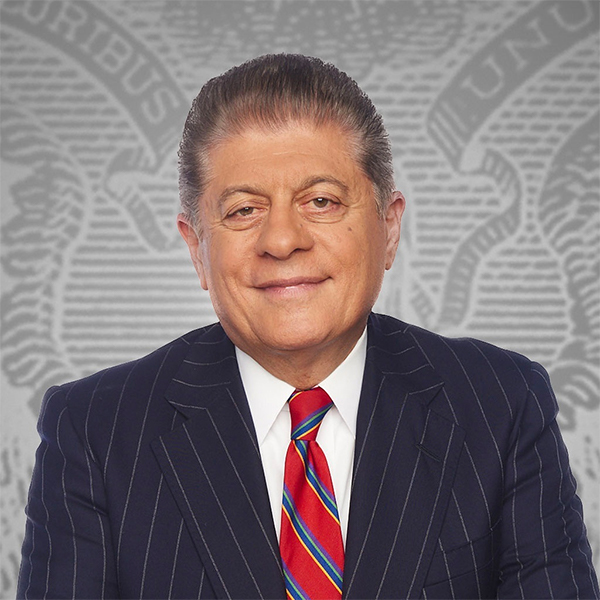






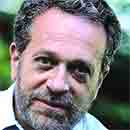





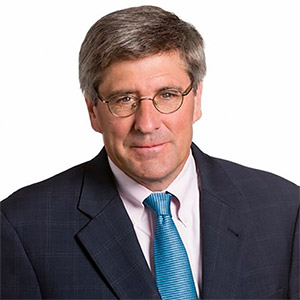












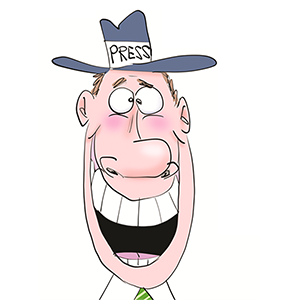

Comments